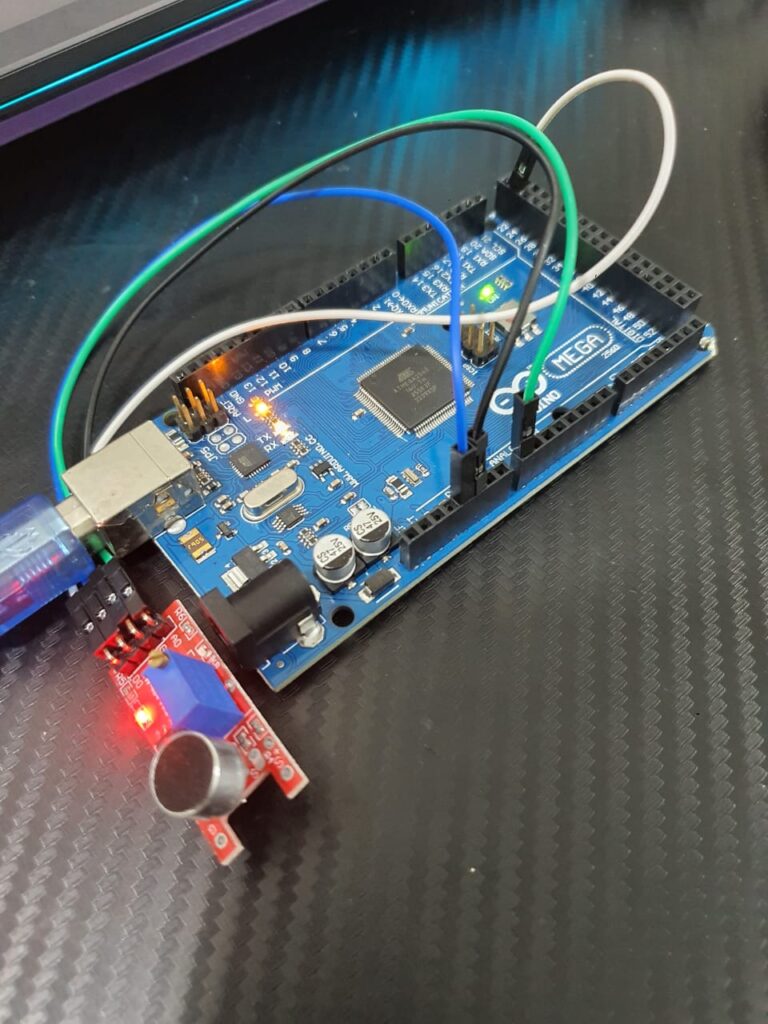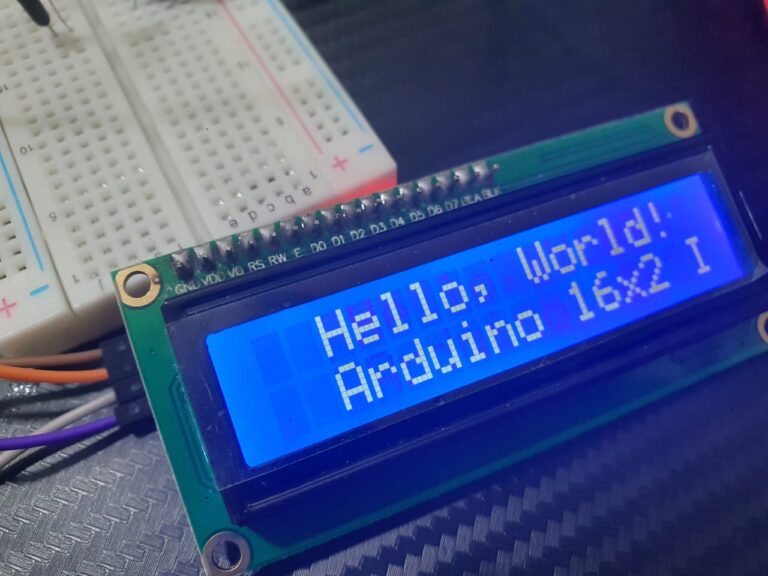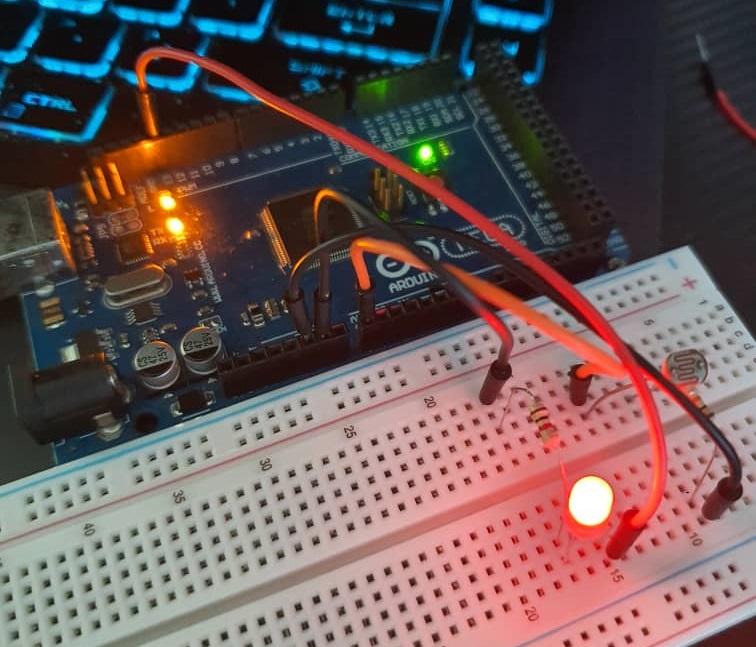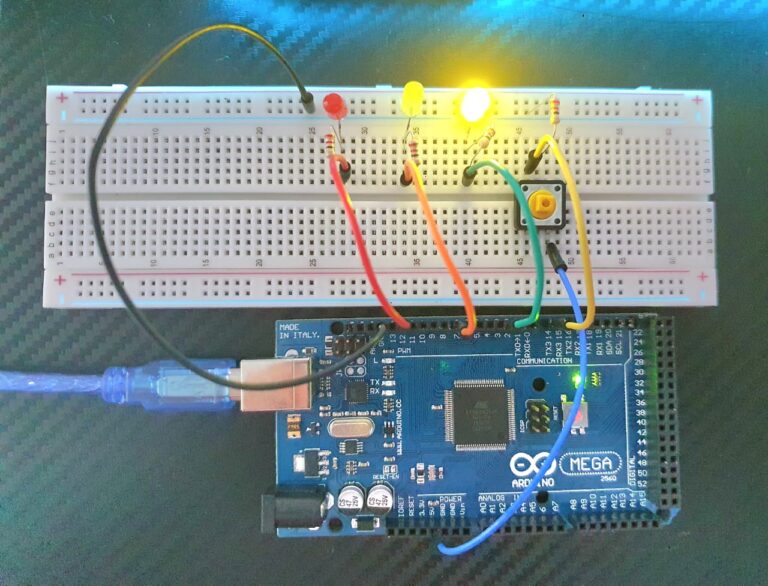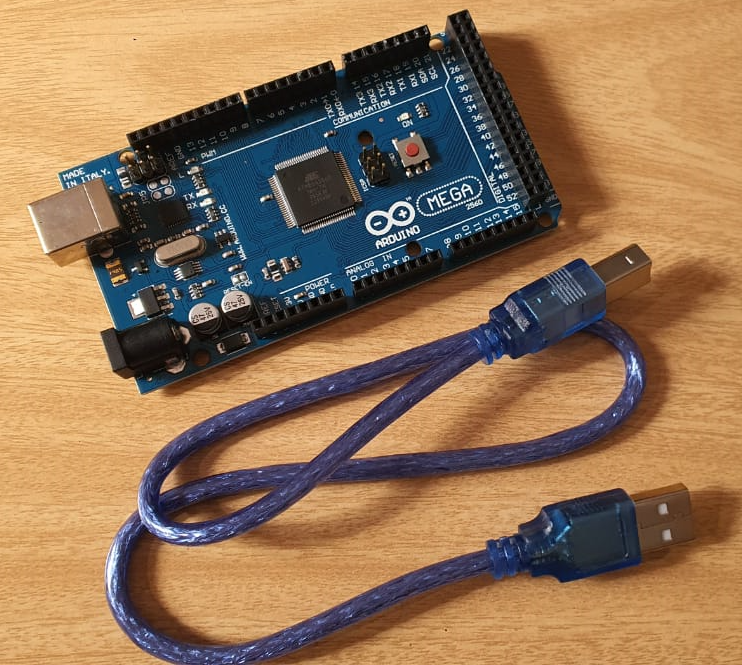What is a 7-Segment Display?
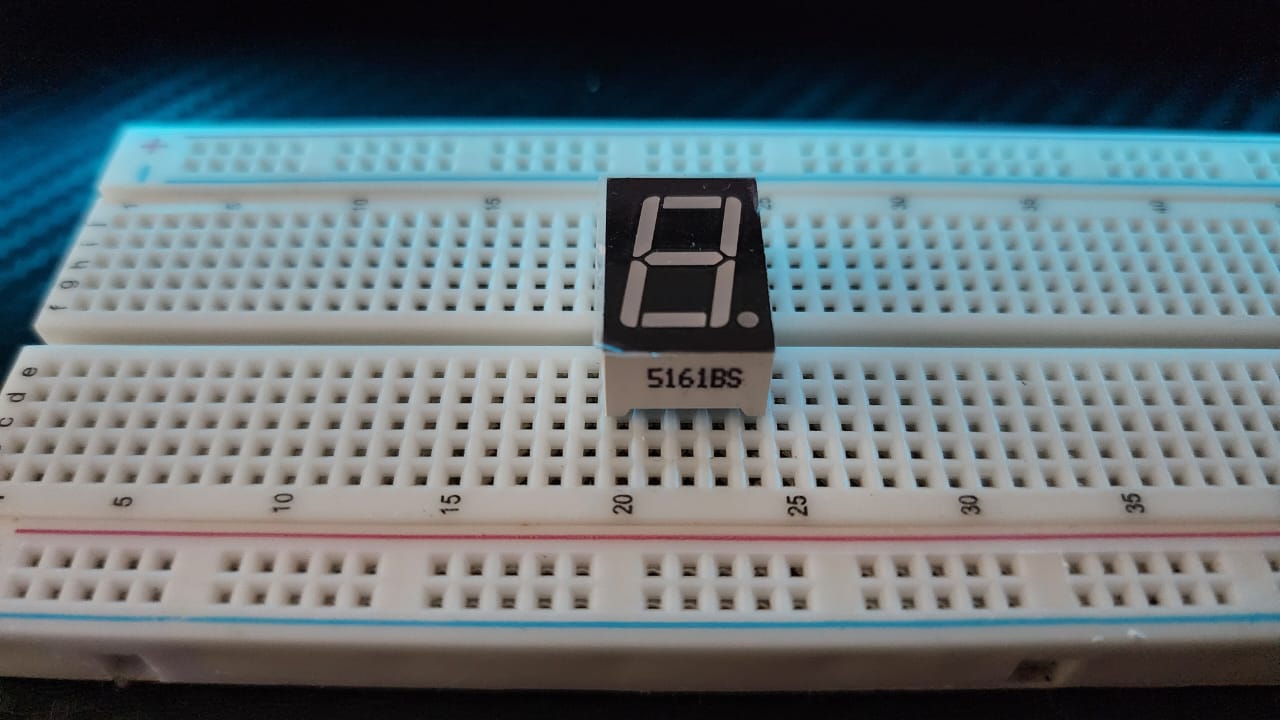
A 7-segment display is a form of electronic display device that can be used to represent numerical digits and some characters. It consists of seven individual segments arranged in the shape of the digit “8.” Each segment can be independently illuminated to form numbers from 0 to 9, as well as a few alphabetic characters like A-F in hexadecimal displays.
The 7-segments are typically labeled ‘a’ through ‘g’, with ‘a’ through ‘f’ forming the main segments and ‘g’ representing the decimal point (if present). By selectively turning on or off these segments, various numbers and characters can be displayed.
Here is a general overview of pinout of a 7-segment display:
The pinout of a 7-segment display depends on whether it’s a common anode or common cathode type.
- Common Anode 7-Segment Display:
- Pin 1: Segment ‘a’
- Pin 2: Segment ‘b’
- Pin 3: Segment ‘c’
- Pin 4: Segment ‘d’
- Pin 5: Segment ‘e’
- Pin 6: Segment ‘f’
- Pin 7: Segment ‘g’
- Pin 8: Anode (Common Positive)
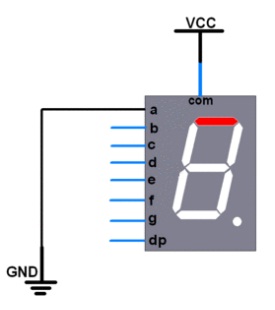
2. Common Cathode 7-Segment Display:
- Pin 1: Cathode (Common Negative)
- Pin 2: Segment ‘a’
- Pin 3: Segment ‘b’
- Pin 4: Segment ‘c’
- Pin 5: Segment ‘d’
- Pin 6: Segment ‘e’
- Pin 7: Segment ‘f’
- Pin 8: Segment ‘g’
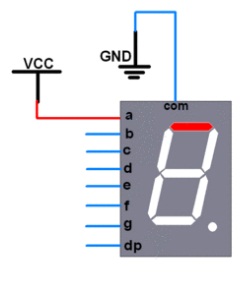
In both types, pins ‘a’ through ‘g’ correspond to the individual segments of the display, labeled alphabetically. The common pin (anode or cathode) is used to control which segments are illuminated.
When using a common anode display, you apply a positive voltage to the common pin and ground the respective segment pins to turn them on. In a common cathode display, you ground the common pin and apply a positive voltage to the respective segment pins to turn them on.
Always refer to the datasheet of your specific 7-segment display for the accurate pinout information, as it may vary depending on the manufacturer and model.
Below is the operation of a 7-segment display:
Below is the truth table for a seven-segment display, which illustrates decimal digits ranging from 0 to 9 and the corresponding segments illuminated from ‘a’ to ‘g’.
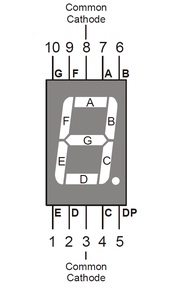
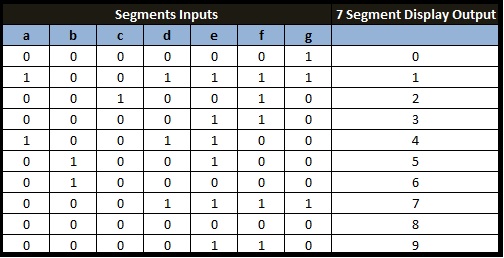
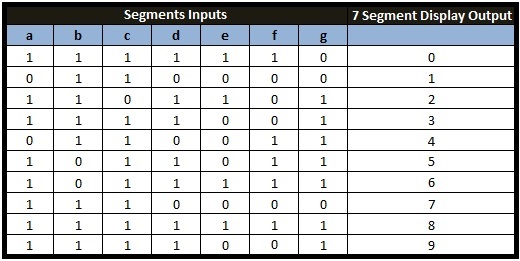
Here’s a basic representation of how some letters can be displayed using a 7-segment display:
- A: 1110111
- B: 1111111 (or 0111111 for lowercase b)
- C: 1001110
- D: 1111110 (or 1011110 for lowercase d)
- E: 1001111 F: 1000111
Those are correct representations of the letters A, B (or b), C, D (or d), E, and F on a 7-segment display. Each digit in the sequence corresponds to a segment of the display, with “1” representing an illuminated segment (on) and “0” representing a segment that is not illuminated (off). This binary sequence indicates which segments to activate to form each letter.
With this setup, you can only create certain letters due to the limitations of the display. For instance, letters such as M and W cannot be accurately represented because they require additional segments that aren’t available in a standard 7-segment display.
Let’s take a look into its common application:
- Digital Clocks and Timers: 7-segment displays are widely used in digital clocks, timers, and stopwatches for displaying the time and elapsed time.
- Counters and Frequency Meters: They are used in electronic counters and frequency meters to display count values and frequencies.
- Digital Multimeters: 7-segment displays are found in digital multimeters for displaying voltage, current, and resistance measurements.
- Temperature Controllers: They are used in temperature controllers and thermostats to display temperature readings.
- Process Control Panels: In industrial automation, 7-segment displays are used in process control panels to display various parameters such as pressure, flow rate, and level.
- Fuel Dispensers: They are used in fuel dispensers at gas stations to display fuel quantity and price.
- Cash Registers and Point-of-Sale Systems: 7-segment displays are used in cash registers and point-of-sale systems for displaying prices and transaction totals.
- Automotive Instrument Clusters: They are found in automotive instrument clusters for displaying vehicle speed, odometer readings, and other vehicle parameters.
- Appliances: In household appliances such as microwave ovens, washing machines, and refrigerators, 7-segment displays are used to display settings, cooking times, and temperatures.
- Scoreboards and Score Displays: In sports stadiums and arenas, 7-segment displays are used in scoreboards and score displays to show scores and game time.
While 7-segment displays are versatile and widely used, they do have some limitations:
- Limited Display Capability: 7-segment displays can only display numerical digits (0-9) and a few alphabetic characters (A-F in hexadecimal displays). They cannot display complex alphanumeric characters or graphics.
- Limited Resolution: Each digit on a 7-segment display is composed of seven segments, limiting the display resolution. It may not be suitable for displaying fine details or precise measurements.
- Limited Visibility: Depending on the viewing angle and ambient lighting conditions, the visibility of 7-segment displays may be limited. They may not be as visible in bright sunlight or from certain angles.
- Limited Color Options: Traditional 7-segment displays are monochromatic, typically red, green, or yellow. While multi-color and RGB variants exist, they are less common and may be more expensive.
- Wiring Complexity: For applications requiring multiple digits or characters, wiring individual segments of each digit can become complex and cumbersome, especially if multiplexing is involved.
- Power Consumption: 7-segment displays can consume relatively more power compared to other display technologies, especially when multiple digits are illuminated simultaneously.
- Lack of Flexibility: Once installed, the display content on a 7-segment display is fixed and cannot be easily changed without physical modifications. Dynamic content updates may require additional circuitry and complexity.
Despite these limitations, 7-segment displays remain popular due to their simplicity, ease of use, and cost-effectiveness for displaying numerical information in various electronic devices and systems. However, for applications requiring more advanced features or higher resolution displays, other display technologies such as LCDs or OLEDs may be more suitable.
Expertise on Engineering.
Robotic and microcontroller are like toys to me.
I love playing with them.
